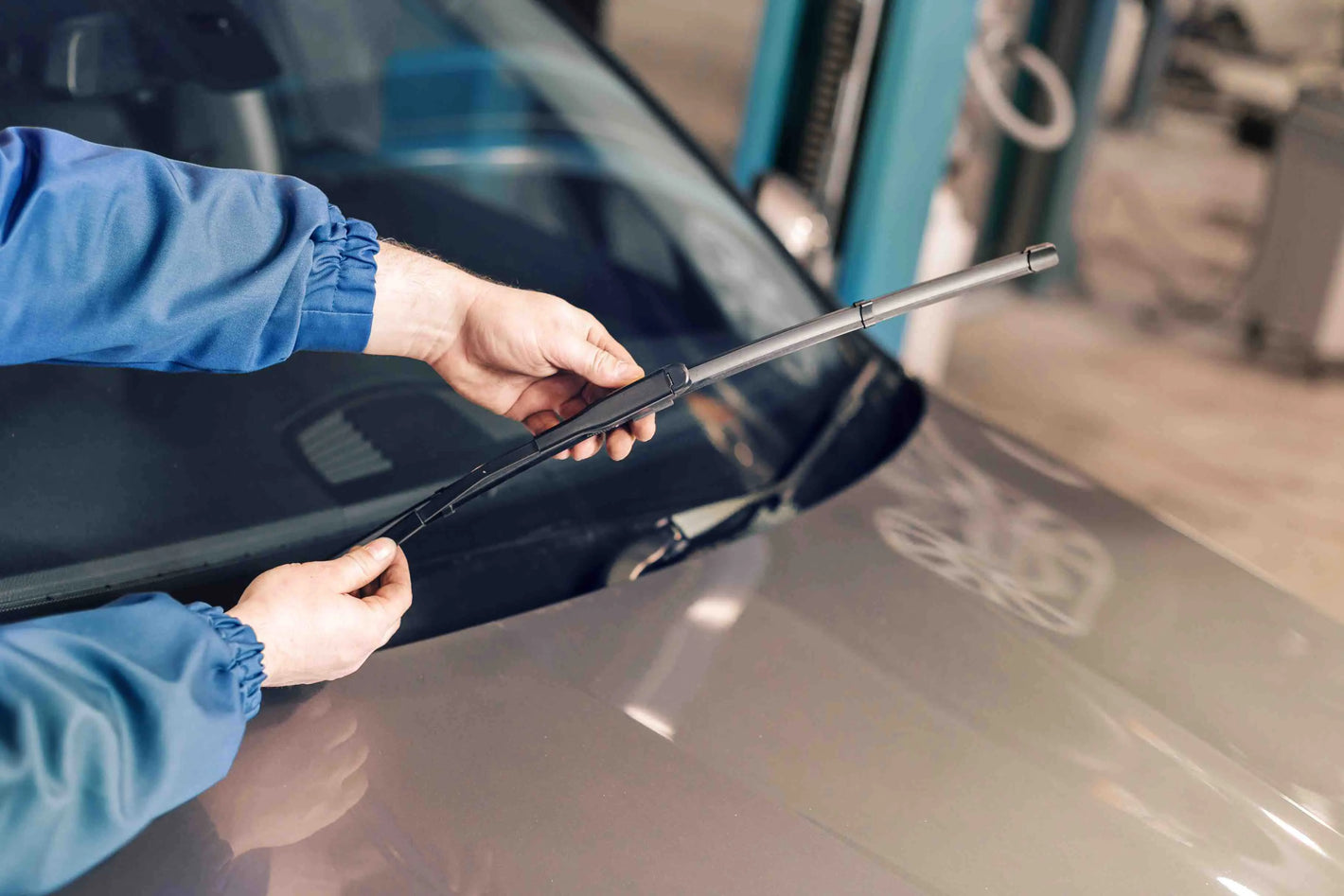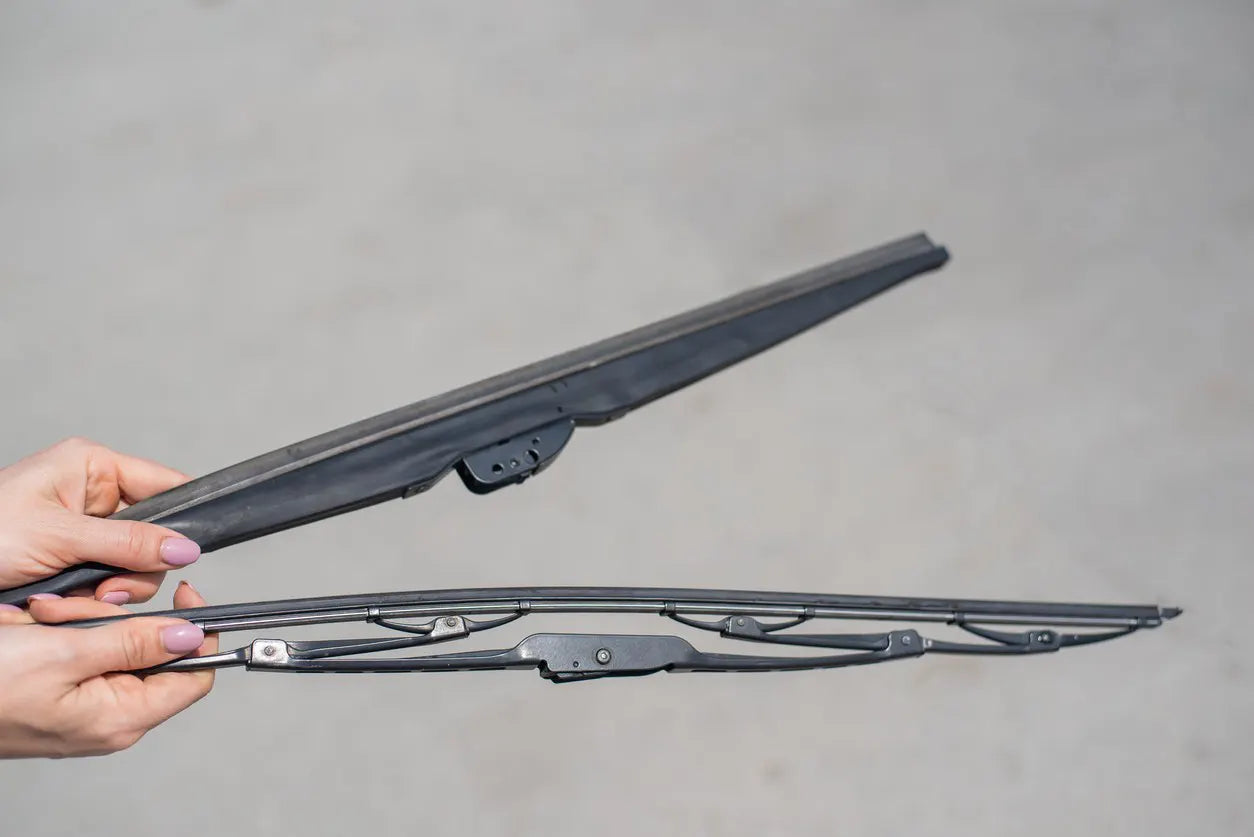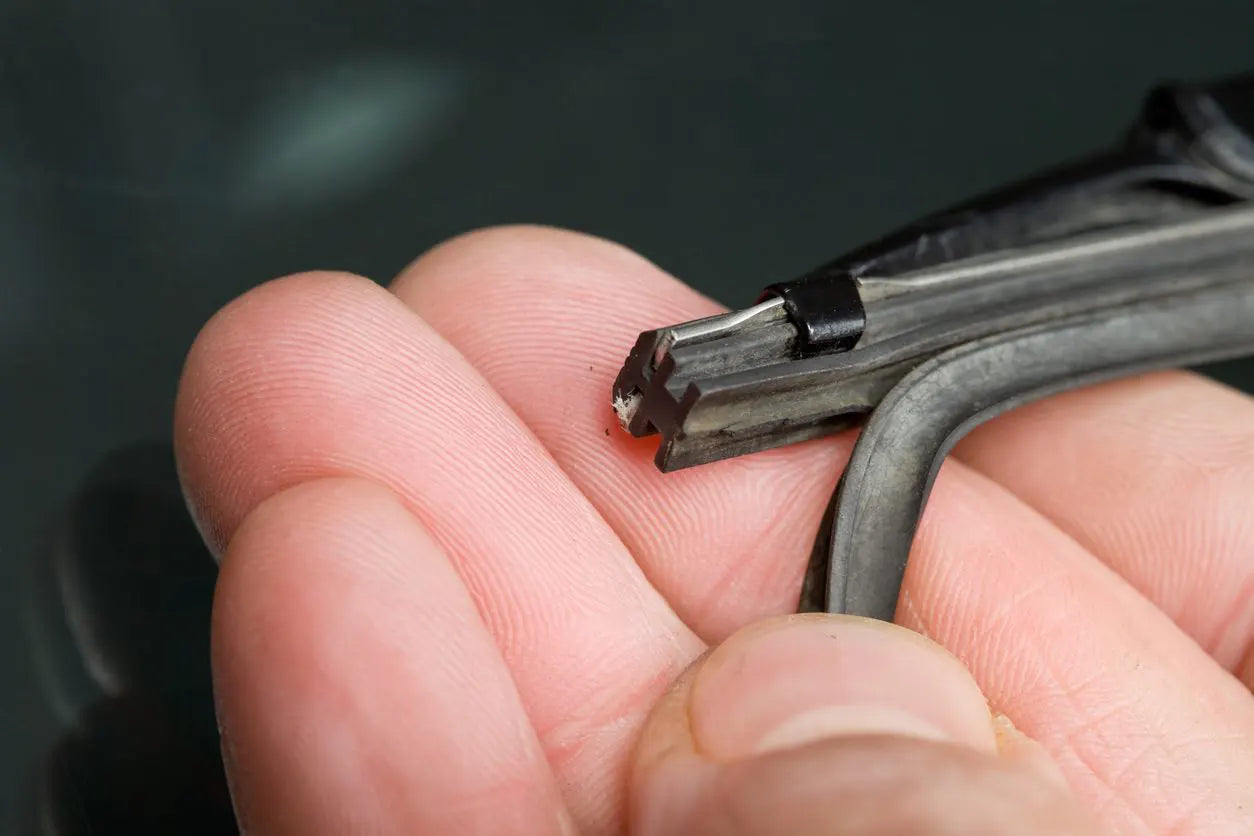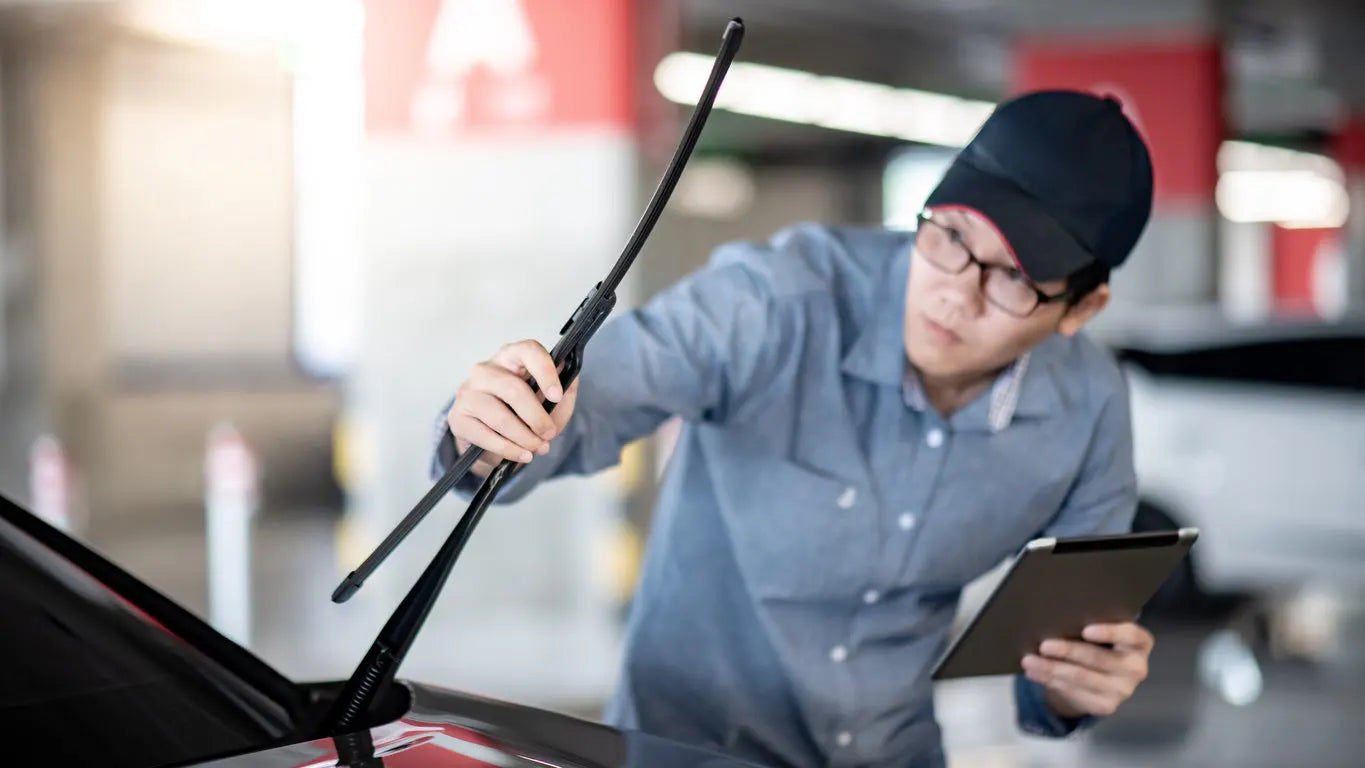Windscreen Wiper Blade FAQs
Find quick answers to the most common questions about windscreen wiper blades. From choosing the right size to maintenance and replacement, Vipa Car Parts has you covered.
1. How do I know which wiper blades fit my car?
You can find the correct size instantly by entering your vehicle registration number into our Find My Wiper tool. It matches your car to the exact fit — no measuring or guessing needed.
2. How often should I replace my wiper blades?
Most drivers should replace their wiper blades every 6–12 months, depending on use and weather conditions. If you notice streaks, squeaking, or missed patches, it’s time to fit a new set.
3. What are the signs my wiper blades need replacing?
-
Streaking or uneven wiping
-
Squeaking, chattering, or juddering on the glass
-
Cracks or splits in the rubber edge
-
The blade doesn’t sit evenly on the windscreen
If you notice any of these, replacing them will restore clear visibility.
4. What types of wiper blades do you sell?
We stock a full range of wiper blades including:
-
Standard wiper blades
-
Aero (flat) blades
-
Heated wiper blades
-
Spray-jet wiper blades
All are designed for perfect fit, easy installation, and lasting performance.
5. How do I install new wiper blades?
Each set includes simple fitting instructions. Most can be fitted in under 5 minutes — just remove the old blade, align the new one with the arm connector, and click it securely into place.
If you’re unsure, our Wiper Blade Aftercare Guide has a full step-by-step fitting and cleaning section.
6. Can I use my wipers to clear ice or heavy frost?
No — using wipers on a frozen windscreen can damage the blades and motor. Always defrost the glass first, then use washer fluid and the wipers once clear.
7. Do you offer free delivery?
Yes! We offer free UK delivery on all orders, with same-day dispatch on most items when ordered before 2 pm.
8. What should I clean my wiper blades with?
Use a damp microfiber cloth and mild soap. Avoid harsh solvents, petrol, or glass polish, as these can damage the rubber and shorten blade life.
9. How can I contact Vipa Car Parts?
You can reach our friendly customer support team by emailing sales@vipacarparts.com or via the Contact Us page. We’re happy to help with fitment or product questions.
FAQ'S
What Size Windscreen Wipers Do I Need?
It depends on your car’s make and model. To find compatible wipers for your car, you can use our handy wiper blades finder or manually measure your existing blades.
Why Won’t My Windscreen Wipers Work?
If your wipers are squeaking, smearing, juddering, or just flat out not working, there may be a few different reasons why. Some of the more common problems include:
- Torn wiper blades: Your car’s rubber wiper blades are designed to remove rain, snow, dirt and debris with ease. When they tear, the rubber fixture underneath the plastic strip becomes loose, trapping in dirt that can reduce visibility. Torn wipers can also scratch and damage your windscreen, so it’s important to replace them as soon as possible.
- Cracked wiper blades: Exposed to the elements, rubber wiper blades can perish and dry out, with small cracks appearing on the edges. When this happens, you’ll notice streaks and squeaks, as the rubber is no longer flexible enough to make efficient contact with the windscreen.
- Damaged wiper arm: If one side of the windscreen is dirty, or there’s a screeching noise when you turn your wipers on, then it could be because one of the arms has become damaged.
Remember, our troubleshooting guide has plenty of hints and tips to help if your wipers aren’t working as they should.
How Long Do Wiper Blades Last?
Generally, wiper blades last between six and 12 months, although they can last longer depending on how often they’re used.
You should also get in the habit of cleaning them every three months. Dirt and grime can gather under the blades, which corrodes the rubber and can potentially damage your windscreen. Running a clean cloth along the wiper blades every three months will help keep them grime free and protect both your windscreen and wipers.
Check out our handy guide for more tips on how to care for your wiper blades.
Are Rear Window Wipers Different from Windscreen Wipers?
Generally, rear window wipers are a lot smaller than those used at the front of the car. And while a lot of cars have the same style of wipers on both the front and back, some cars use a model-specific rear wiper, with the arm and blade integrated into one unit.
How Do I Stop Windscreen Wipers Squeaking?
Noticed an annoying squeak whenever you switch your wipers on? Put a stop to it and enjoy driving in peace with the help of these top tips:
Clean Your Windscreen Wipers
Giving your windscreen wipers a good clean to get rid of any trapped dirt should do the trick. Lift the windscreen wipers and use a cloth with some rubbing alcohol to get your blades grit-free once again.
Keep Your Wiper Blades Soft
Not only do cracked and brittle windscreen wiper blades contribute to squeaking, but they could also result in damage to your windscreen. If your blades are hard or cracked, you’ll have to replace them.
Replace Your Windscreen Wipers
If you’ve tried all the above but your wipers are still squeaking, then you may have to replace them outright. If that’s the case, read our guide on fitting wiper blades for more information on how to do it quickly and safely.
-

Find Your Wiper Blades
Search NowReady to find new wipers for your car? Search using your reg number or by make & model to quickly find the high-quality wipers you need – at around a third of the cost of standard dealership prices.
-

All About Windscreen Wiper Blades
Find Out MoreLooking to learn more about choosing the right wiper blades? Start here. Our comprehensive hub of information will keep you right.
-

How to Tell Which Wiper Blades You Need
Find Out MoreWe compare the different types and explain how to find the exact type of wiper blades needed for your car.
-

How to Fit Wiper Blades
Find Out MoreWith the right know-how, replacing your car’s old wiper blades is a breeze. Our step-by-step instructions walk you through the process to ensure the best results.
-

Caring for Your Wiper Blades
Find Out MoreWiper blades are subject to wear-and-tear, but you can maximise their longevity by following our car tips. We’ve got the answers to this and more, right here.
-

Troubleshooting Issues with Your Wiper Blades
Find Out MoreProperly functioning wiper blades aren’t just essential for road safety, they’re a legal requirement. We discuss common wiper blade problems and how to solve them.




